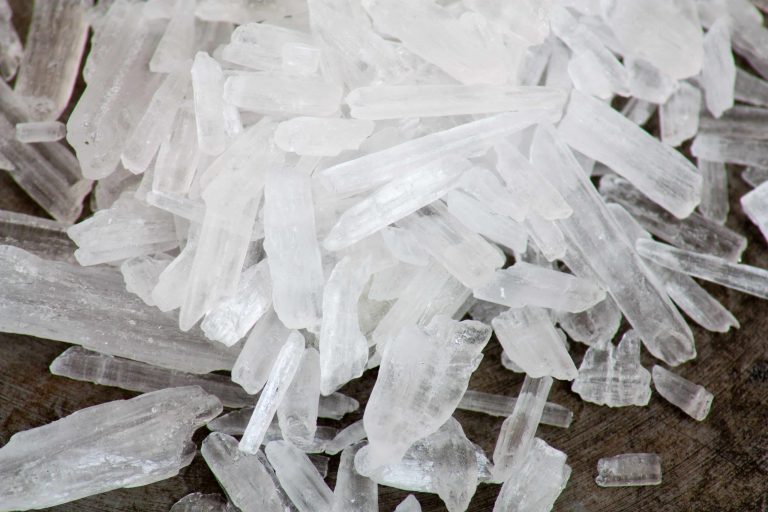A new California program incentivizes people using meth or cocaine with money if they can prove they are clean in an evidence-based system in which participants can earn incrementally more the longer they stay clean. Why? Because California is grappling with substance use disorder “crisis” with deaths from cocaine, meth, and other stimulants soaring in recent years. In 2021 for instance, 65% of drug-related overdose deaths involved stimulants, compared to 22% in 2011. The impulsive nature of stimulant cravings and addiction calls for alternative approaches.
A Medi-Cal initiative called CalAIM provides social and behavioral health services, including addiction treatment to individuals in California . California Healthline reports that CalAIM provides people who use meth and cocaine with an incentive to quit habit-forming drugs that are difficult to kick on your own.
Contingency Management (CM) is a program that provides motivational incentives to treat people who use stimulants like meth or cocaine, and support their path to recovery. It recognizes and reinforces individual positive behavioral change, and requires them to prove it with drug tests showing negative results for stimulants. “CM is the only treatment that has demonstrated robust outcomes for individuals living with stimulant use disorder, including reduction or cessation of drug use and longer retention in treatment,” the program states.
“The Recovery Incentives Program increases access to new evidence-based treatments for Californians living with substance use disorder,” the program’s Fact Sheet states. “Starting in 2023, the program is available to members living with stimulant use disorder in participating counties, in outpatient, intensive outpatient, and Narcotic Treatment Program settings. As part of the program, eligible Medi-Cal members participate in a structured 24-week outpatient program, followed by at least six months of additional recovery support services. Participants meet with a trained contingency management coordinator twice weekly for the first 12 weeks of the program, then weekly for weeks 13 to 24 to complete a drug test. Participants receive a small gift card each time they test negative for stimulants and can earn up to $599 per year in incentives.”
California is the first state in the country to receive federal approval of CM as a benefit in the Medicaid program through the CalAIM 1115 Demonstration. CM also tested other sources of funding.
According to the state Department of Health Care Services, about 2,700 patients from 19 counties have enrolled in the program since April 2023.
Quinn Coburn, 65, who is in the program, told California Healthline, “It’s that little something that’s holding me accountable.” Coburn received $10 for each clean urine test he provided the first week of the program, and the pay increases in subsequent weeks: $11.50 per test in week two, $13 in week three—up to $26.50 per test.
The program promises as much as $599 a year, and Coburn is proof that it’s doable: As of mid-May, Coburn had completed 20 weeks of clean drug tests and made $521.50.
“The way stimulants work on the brain is different than how opiates or alcohol works on the brain,” said John Duff, lead program director at Common Goals, where Coburn receives treatment. “The reward system in the brain is more activated with amphetamine users, so getting $10 or $20 at a time is more enticing than sitting in group therapy.”.
The average recovery rate for people suffering from meth addiction is around 37%, which is about equal to other physically addictive drugs such as cocaine, heroin, and prescription drugs. Cannabis is also being explored as a potential treatment to help reduce stimulant cravings.
Fighting Meth Abuse at the National Level
The fight against meth abuse is also taking place at the national level.
In 2022, President Joe Biden signed legislation designed to address the rising scourge of meth abuse in the United States.
The new law, titled the Methamphetamine Response Act, “requires the government to declare methamphetamine an ‘emerging drug threat’ and to develop a response plan specific to methamphetamine,” according to a press release.
The bill had bipartisan support in the House of Representatives and Senate: its sponsors were Sens. Dianne Feinstein (D-Calif.) and Chuck Grassley (R-Iowa) and Reps. Scott Peters (D-Calif.) and John Curtis (R-Utah).
According to a study from the National Institutes of Health, “overdose deaths involving methamphetamine nearly tripled from 2015 to 2019 among people ages 18-64 in the United States.” That study showed that the “number of people who reported using methamphetamine during this time did not increase as steeply, but the analysis found that populations with methamphetamine use disorder have become more diverse,” suggesting that “increases in higher-risk patterns of methamphetamine use, such as increases in methamphetamine use disorder, frequent use, and use of other drugs at the same time, may be contributing to the rise in overdose deaths.”
